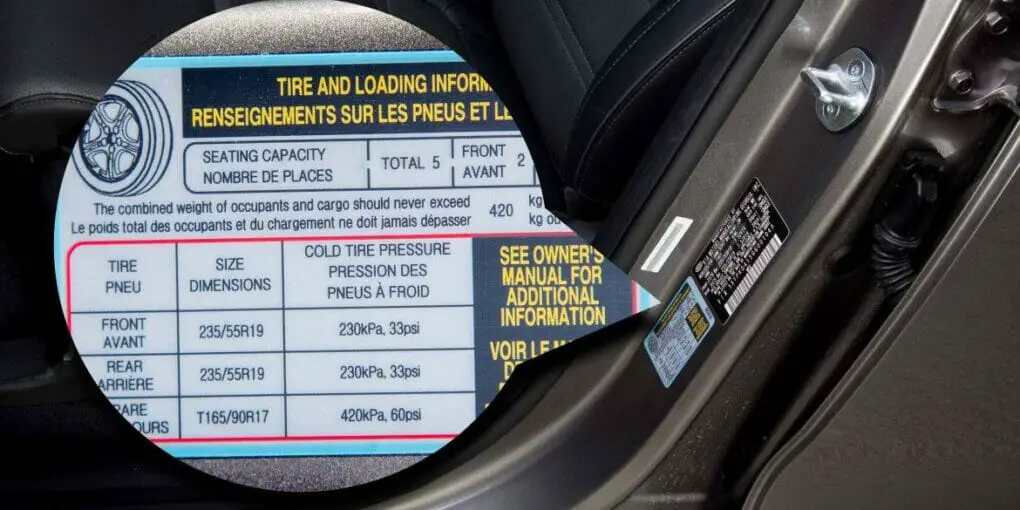How to Read Tire for Air Pressure
When it comes to maintaining your vehicle, one of the most important things you can do is check your tire pressure. This can be done easily at home with a tire pressure gauge. You should check your tires at least once a month and before long trips.
Incorrect tire pressure can lead to decreased fuel efficiency, bad handling, and premature wear. Here’s how to properly read tire pressure.
- Look at the sidewall of your tire and find the recommended air pressure
- Use a tire gauge to check the air pressure in your tires
- Add or release air from your tires as needed to reach the recommended pressure levels

Credit: www.pirelli.com
What is the Recommended Air Pressure for My Tires
The recommended air pressure for your tires will depend on the make and model of your vehicle. You can usually find this information in your owner’s manual or on a sticker inside the driver’s door. If you can’t find it there, you can also look up the recommended pressure for your specific tires online.
Generally speaking, most passenger cars will have a recommended tire pressure of around 32 psi (pounds per square inch). However, some vehicles may have a higher or lower recommendation depending on their design. For example, SUVs and trucks often require a bit more pressure than regular cars because of their extra weight.
Similarly, performance cars may need less pressure to achieve optimal grip on the road.It’s important to note that the recommended tire pressure is not necessarily the same as the maximum tire pressure. The max pressure is usually stamped on the sidewall of your tires and should never be exceeded.
Running your tires at too high of a pressure can cause them to overheat and fail prematurely.So, what happens if you don’t inflate your tires to the recommended level? Well, underinflated tires will result in poorer fuel economy and handling, as well as increased wear and tear.
They’re also more susceptible to punctures and blowouts since they flex more when driving. On the other hand, overinflating your tires can lead to a bouncy ride and decreased traction while cornering. It can also cause premature wear on certain parts of the tire tread.
Ultimately, it’s best to keep your tires inflated to the manufacturer’s recommendation in order to get the best performance out of your vehicle while also extending its lifespan!
How to check your tire pressure
Conclusion
It’s important to check your tire air pressure regularly. The proper tire pressure for your car is usually listed on a sticker inside the driver’s door. You can also find the information in your car’s owner’s manual.
To check the air pressure in your tires, you’ll need a tire gauge. You can find these at most gas stations or auto parts stores. Simply insert the tire gauge into the valve stem on your tire and press down to get a reading.
If the reading is below the recommended level, use a portable air compressor or pump to add more air to the tire. If it’s above the recommended level, let some air out of the tire until it reaches the proper level.


